What happens to my eggs after I donate?
If you’ve ever wondered what happens to your eggs after you donate them, you’re not alone. Many of our Futura donors are deeply curious about the next steps of the process—what their eggs go on to do, how they’re used in IVF, and the incredible journey that continues after retrieval. In this blog post, we’re walking you through what happens behind the scenes once your donation is complete.
The Retrieval
After about 10–14 days of hormone stimulation and several monitoring appointments, you’ll undergo the egg retrieval procedure. This is done under light sedation and takes about 20–30 minutes. Your eggs are gently removed from your ovaries using a thin needle guided by ultrasound. The eggs are immediately passed to the embryology team, who begin their careful work.
In the Lab: Fertilization
Once retrieved, your eggs are placed in a special solution and evaluated for maturity. Only mature eggs are eligible for fertilization. The intended parent’s sperm (or donor sperm, depending on the case) is then introduced to the eggs. The egg and sperm then undergo a procedure called ICSI (Intracytoplasmic Sperm Injection). A single sperm is injected directly into each mature egg.
Fertilization typically happens within 16–20 hours, and the embryologists will monitor the eggs closely during this time.
Embryo Development
If fertilization is successful, the resulting embryos are monitored for 3–7 days. During this period, they develop through several stages:
Day 1–2: Cleavage stage – rapid cell division begins.
Day 3: Embryos are assessed for cell number and quality.
Day 5–7: Blastocyst stage.
At this stage, the embryos may undergo additional testing.
Freezing the Embryos
After development and/or testing, healthy embryos are typically frozen using a method called vitrification. This allows intended parents to plan their embryo transfer at the optimal time—either soon after or at a later date.
Freezing also provides more flexibility. Intended parents may choose to do further testing, complete other treatments, or prepare for a surrogate (in the case of families using gestational carriers).
Embryo Transfer
When the intended parent (or surrogate) is ready, one of the frozen embryos is thawed and transferred into the uterus. This step is timed with hormonal preparation to create the most favorable conditions for implantation.
The embryo transfer is a quick, outpatient procedure that doesn’t require sedation. From there, it’s a waiting game to see if implantation is successful—a pregnancy test is done about 10 days later.
And Then… a Baby!
If implantation is successful, the journey to parenthood begins. Some intended parents share updates with their donors (if the donation is open or semi-open), while others may not—but we can tell you this: the gratitude they feel is immense.
At Futura, we’ve had over 60 babies born and dozens more on the way. Your contribution doesn’t end with your retrieval—it lives on in the stories and families you help create.
Why It Matters
Egg donation is more than a moment—it’s a process filled with hope, science, and a little bit of magic. Your eggs don’t just disappear into a lab—they become part of something much bigger.
And whether or not you choose to stay connected to the intended parents, your impact is undeniable.
Questions About the Process?
At Futura, we believe education empowers you to feel confident at every step. If you ever have questions about what happens to your eggs, what the IVF timeline looks like, or want to know more about your contribution—we’re here for you.
Apply to be a donor today and become part of someone’s path to parenthood. Because what starts with you can change everything.

